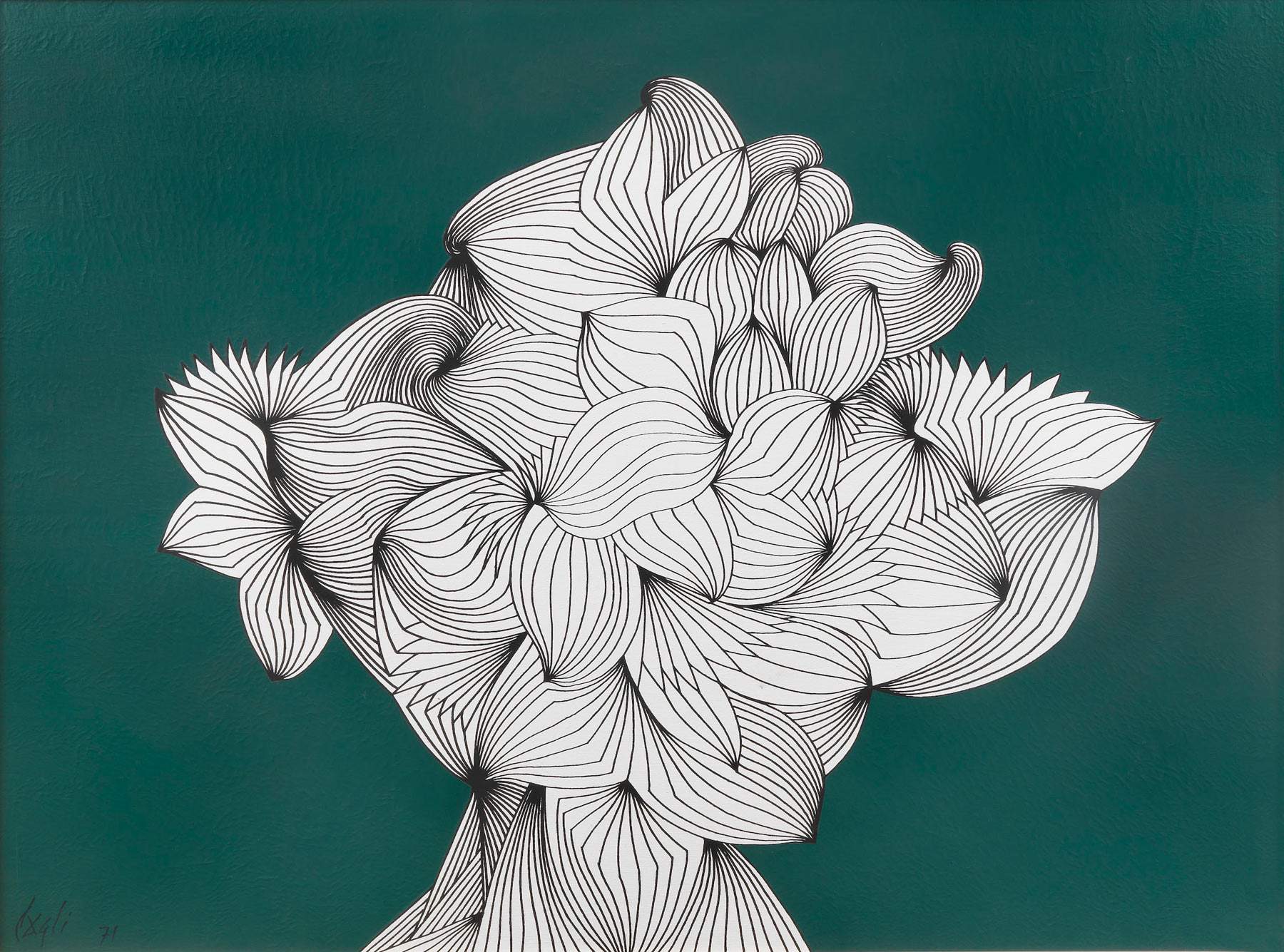An exhibition in Cassino on the mature phase of Corrado Cagli's art.
From May 7 to July 31, 2022, CaMusAC (Cassino Museo Arte Contemporanea) will host the exhibition Corrado Cagli: Metamorphosis of the Sign, curated by Giuseppe Briguglio and Bruno Corà, and produced in collaboration with theCorrado Cagli Archive. Following the anthological exhibition Folgorazioni e mutazioni set up in 2019 in the halls of the Palazzo Cipolla Museum (Rome), the Cassino Museo Arte Contemporanea will host a selection of about 40 works including paintings and sculptures belonging to the mature plastic-linguistic phase of Corrado Cagli (Ancona, 1910 - Rome, 1976), a multifaceted artist and fine intellectual among the most influential and emblematic of the second half of the Italian 20th century. The exhibition intends to highlight a lesser-known side of Cagli’s Work to which the artist dedicated himself with particular commitment and assiduity, achieving singular results on the aesthetic and linguistic level by highlighting the relationship between painting and space, between art and science, in order to examine in depth the theme of metamorphosis, a constant element in all his works.
Corrado Cagli was born in Ancona in 1910 to a family belonging to the Jewish community. In the 1930s in Rome he proposed the poetics of Primordialism and Archaism in the School that saw him as a protagonist together with Capogrossi and Cavalli. In 1936 he made the monumental “Battle of San Martino and Solferino” for the 6th Milan Triennale, now housed in the Uffizi. In 1937 the French Republic awarded the artist a gold medal for creating a cycle of paintings (168 sq. m.) in the vestibule of the Italian pavilion at the Exposition Internationale in Paris. The following year, with the enactment of the racial laws, he was forced to leave Italy, taking refuge first in Paris and then in New York, where he enlisted as a volunteer in the army to participate in numerous campaigns in Europe such as the Normandy landings and the liberation of the Buchenwald concentration camp in 1945. From 1948 onward he settled permanently in Rome, his artistic homeland, where he experimented with painting techniques and languages for his formal and abstract works that led him to receive numerous awards: the Guggenheim Fellowship for painting (1946), the Marzotto Prize (1954), and the President of the Republic Award for painting from the Accademia Nazionale di San Luca (1973). He died in Rome on March 28, 1976.
As with the previous exhibition, the Montecassino Abbey Museum will host two works by Corrado Cagli in its spaces. This is a confirmation of the active collaboration between the CaMusAC and the Abbey of Montecassino that sees them both as protagonists in the conveyance of art and culture. The catalog, published by Gangemi editore and introduced by critical essays by curators Giuseppe Briguglio and Bruno Corà, will be presented at the inauguration together with the one reaized for the previous exhibition Melani | Nuvolo. Between Art and Science set up in the halls of CaMusAC. Corrado Cagli’s solo exhibition is realized thanks to the support of main partners HDI Assicurazioni and Pagano Servizi Assicurativi. Opening hours: Tuesday through Sunday continuous 3-7:30 p.m. (by appointment). Closed Mondays. Free admission Guided tours for groups and schools: the Museum organizes individual and group tours to the collection and temporary exhibitions - €5 per person/pupil - free for teachers, parents and accompanying persons.
Image: Corrado Cagli, Fruttiera chez-eux (1971;acrylic and silkscreen on canvas, 115 x 150 cm)
 |
| An exhibition in Cassino on the mature phase of Corrado Cagli's art. |
Warning: the translation into English of the original Italian article was created using automatic tools. We undertake to review all articles, but we do not guarantee the total absence of inaccuracies in the translation due to the program. You can find the original by clicking on the ITA button. If you find any mistake,please contact us.




























